 "DaftRyosuke - So Long and Thanks for All the Fish!" (daft-ryosuke)
"DaftRyosuke - So Long and Thanks for All the Fish!" (daft-ryosuke)
10/16/2018 at 10:00 • Filed to: None
 6
6
 7
7
 "DaftRyosuke - So Long and Thanks for All the Fish!" (daft-ryosuke)
"DaftRyosuke - So Long and Thanks for All the Fish!" (daft-ryosuke)
10/16/2018 at 10:00 • Filed to: None |  6 6
|  7 7 |
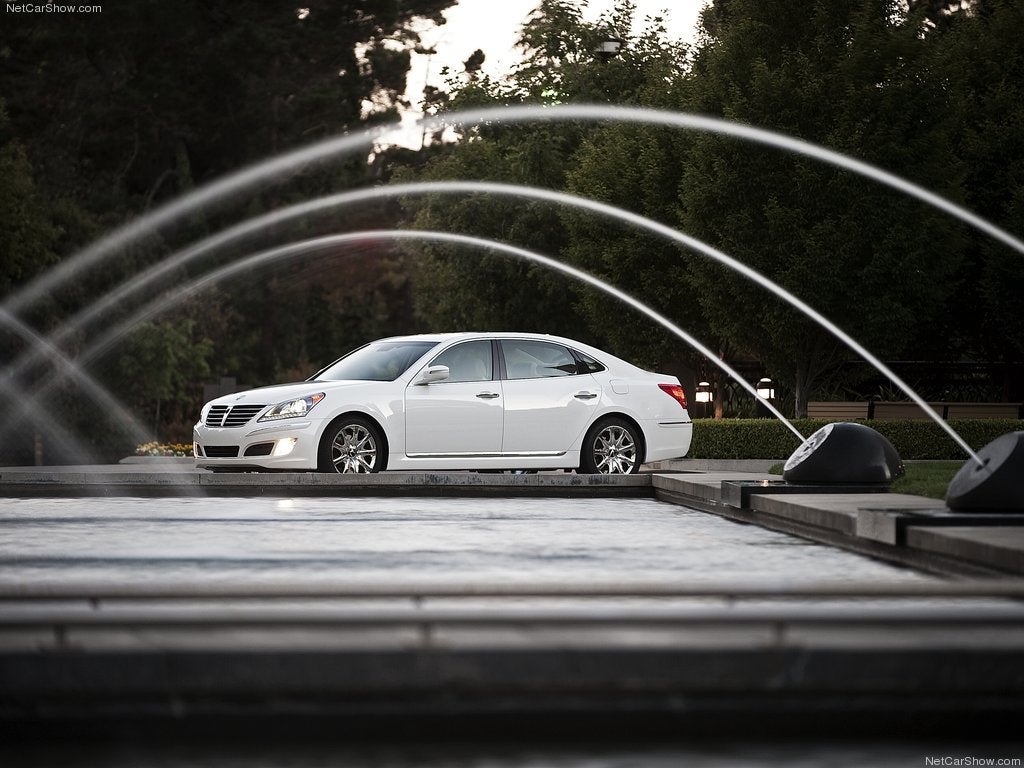
In the late 1980s, the world’s leading Japanese automakers took the world by an absolute storm by focusing on an idea and running with it. That idea: the fact that a luxury brand can survive and thrive without a legacy. In the near 30 years since, those brands, Lexus, Acura, and Infiniti, have created their own legacy as some of the finest crafted and most reliable cars built...in the world.
Nowadays, however, another country seems keen to mimic the success of Japan’s wonder-children, by building a company from nothing in the hopes that it will become something. That country is South Korea, and the brand is Genesis. However, before Genesis was even considered to become its own thing, South Korea had been dabbling in luxury cars in its own turf since the late 1990s.
Enter the Equus, the car that Genesis really should give all of its thanks to when (and if) it becomes a household name.
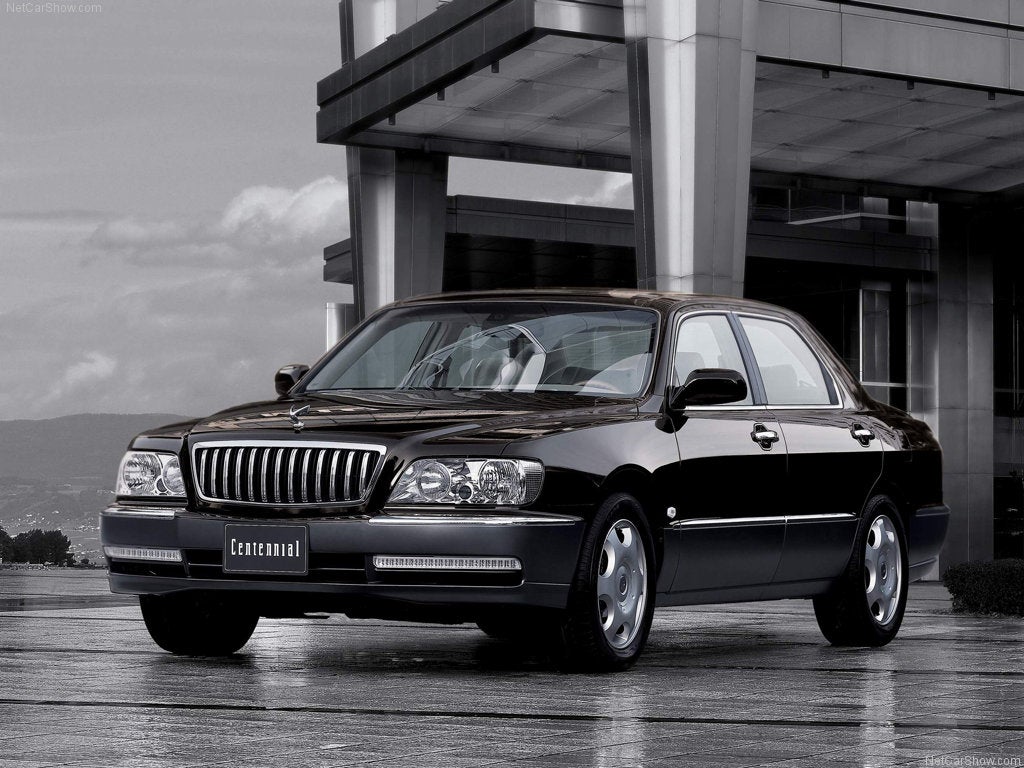
Before we dive into the titular 2011 Equus, I figure you all deserve a history lesson. In the late 1990s, Hyundai had noticed the rise in competition in the large luxury sedan market, with models like the Mercedes S-Class and BMW 7 Series taking top billing in the ranks. However, their focus wasn’t taken seriously until their top competitor, SsangYong, introduced their Chairman model (essentially a rebadged Mercedes-Benz W124) in 1997. Refusing to let their deepest rival go on raking in the dough, Hyundai responded with the original Equus in 1999.
The first Equus was built on an all-new front-wheel drive platform from Hyundai, sharing little to no architecture or design with any other model offered at the time. Power came from a choice of a range of 3-liter V6s to a 4.5 liter V8, the latter of which was designed by Mitsubishi Motors (who received their own rebadged version, the Proudia, in return). The original Equus was a smash hit in Korea and as a result, Hyundai continued production for nearly ten years with few changes. They even sought out to begin importing the cars to America during the early 2000s, even showing one off at the 2001 NY Auto Show as the “LZ450,” but the Equus wouldn’t find its way to the states until the fateful year of 2011.

When the American market finally got hold of the Equus in 2011, Hyundai was going through a semi-rebirth in the market. They had ditched their rather plain design schemes of the early-mid 2000s and gone for a more radical design language. Hyundai also had begun focusing heavier on greater fit and finish and overall reliability in an effort to ditch the infamous “crap Korean car” stigma that had plagued them for so long before. In order to usher these new ideas in, they decided to employ three new cars for the US market: the Genesis, Genesis Coupe, and the top dog Equus.
In the efforts to debut the Equus to the market, Hyundai took special care to get every detail right. They forgo’d the typical flashy auto show introduction, going instead for a first announcement at the 2009 Pebble Beach Concours d’Elegance, with in depth looks coming at auto shows later in 2010. The Equus was treated as a high-end luxury car by Hyundai and also by their dealers, who stocked very low numbers and only let the most serious clientele even test drive the cars (similar to sister brand Kia’s treatment of the Stinger GT today).
So, now that you know the story, you have to ask if all of this pomp, circumstance, and hype was worth the trouble. That’s why I decided to pick one to drive.
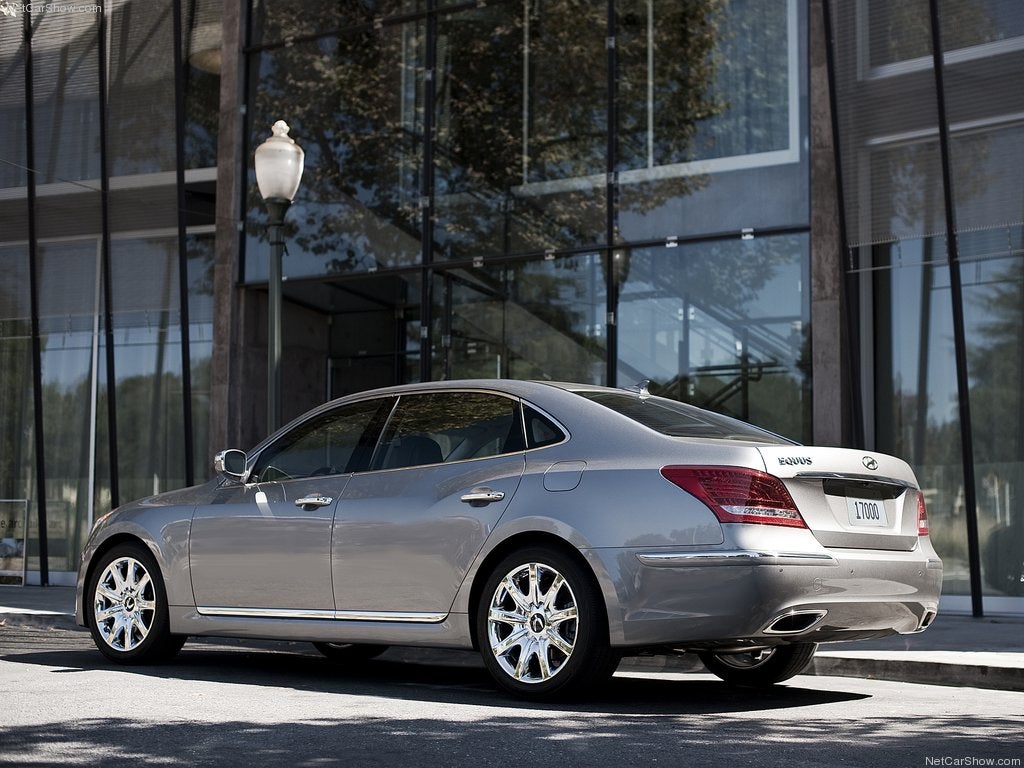
One quick glance at the Equus from the outside and you can see exactly what type of look they were going for: stately and elegant. There’s subtle chrome all over the exterior in a sense that doesn’t make it extremely gaudy, but also keeps it classy. I wouldn’t necessarily call it a pretty car, or even a handsome car, but it does at least look dignified. There’s a bit of a mix of styling trends that harken back to the wild mid-2000s Mercedes-Benz and Lexus design schemes, it’s a good look to mimic for the car, and I think it works decently in its favor.
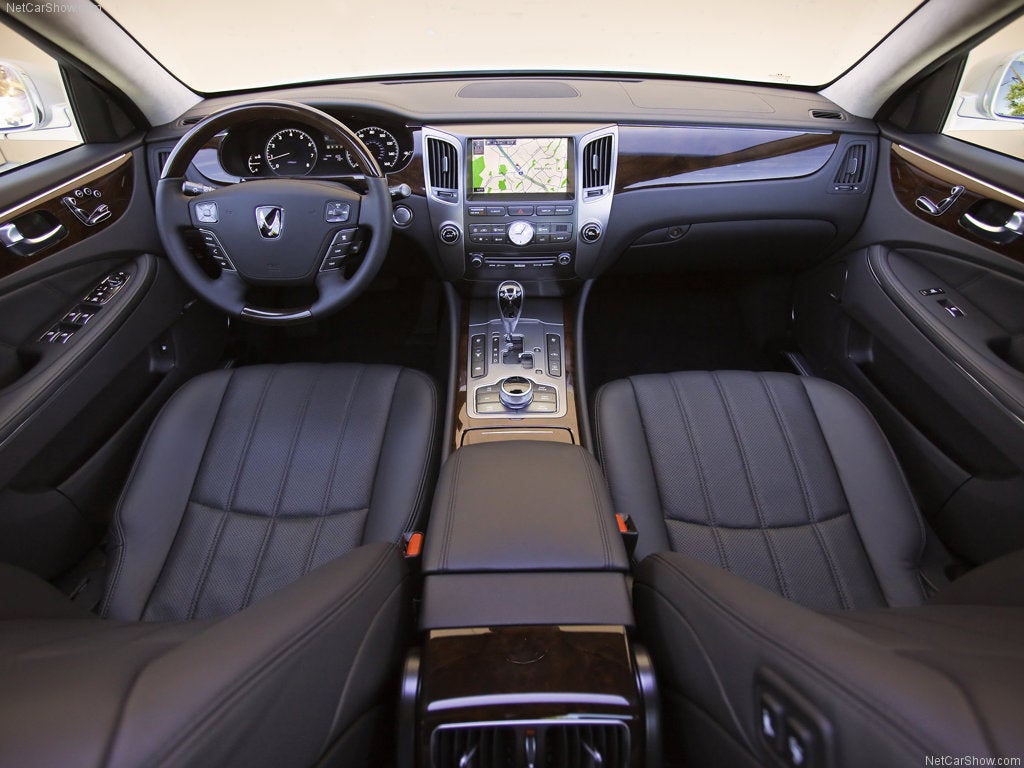
The interior is a similar story, however I believe it’s a much nicer thing to look at versus the exterior. Leather and wood find themselves at home all over the graciously appointed cabin, with machined aluminum accents in all the right places. Once again, the best adjective I can think of is “Lexus-like,” as the comfort of the seats and overall firm quality remind me of an LS of the era, and again, that’s a good benchmark to mimic.
Technology is also abound, with standard nav, Bluetooth, satellite radio, and power everything being used to showcase just how serious this car was for Hyundai. In fact, Hyundai was so serious about the advancements in this car, that they offered an iPad with every sale to act as the owner’s manual for the car, proving that this was no mere Elantra GLS.
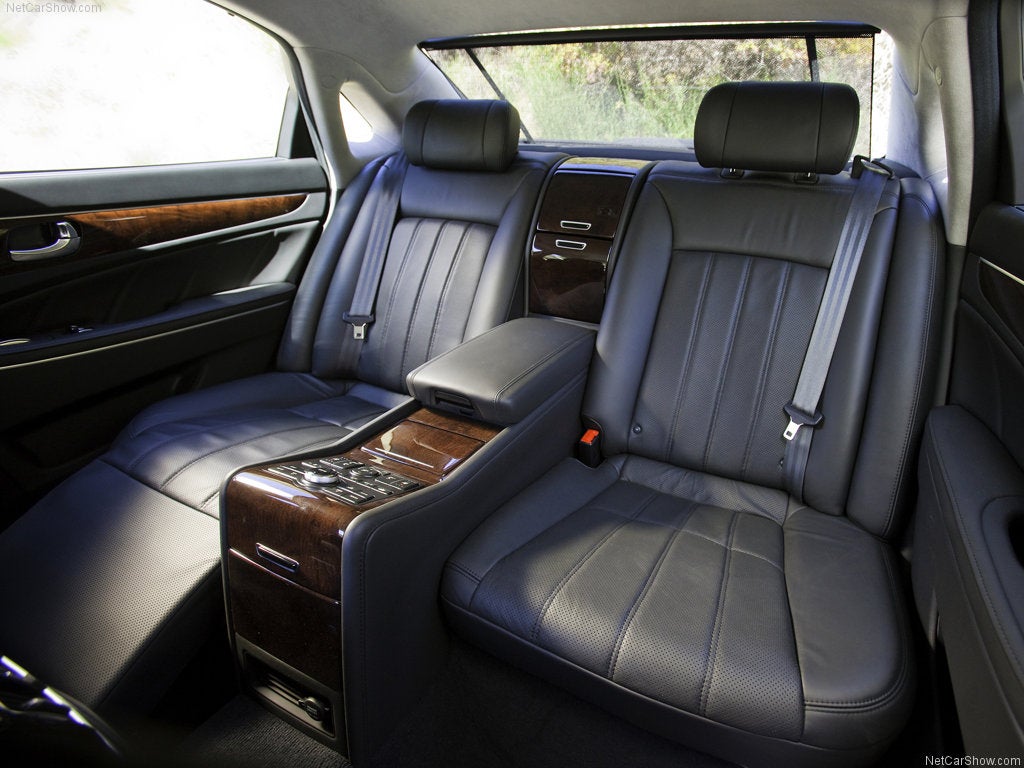
However, the interior also showcases one of the most unfortunate side-effects of a Hyundai-built luxury car: cost cutting. While, yes, the leather of the seats and the wood on the dashboard does appear to be of the highest quality, there are some areas of the cockpit that showcase a certain cheapness that is not very befitting of a once $70,000 luxury car. The door cappings, for instance, are covered in a softer plastic surface, where most cars in this price range would go for stitched leather or more wood. The seats and other areas, especially on the woven b-pillars, showed a lot of abnormal wear I’ve yet to seen in a competitor in this age and especially with the mileage of the tester. From afar, the interior is very nice, don’t get me wrong, but up close, the ugly little niggles start to show themselves, and it’s really not a good look.
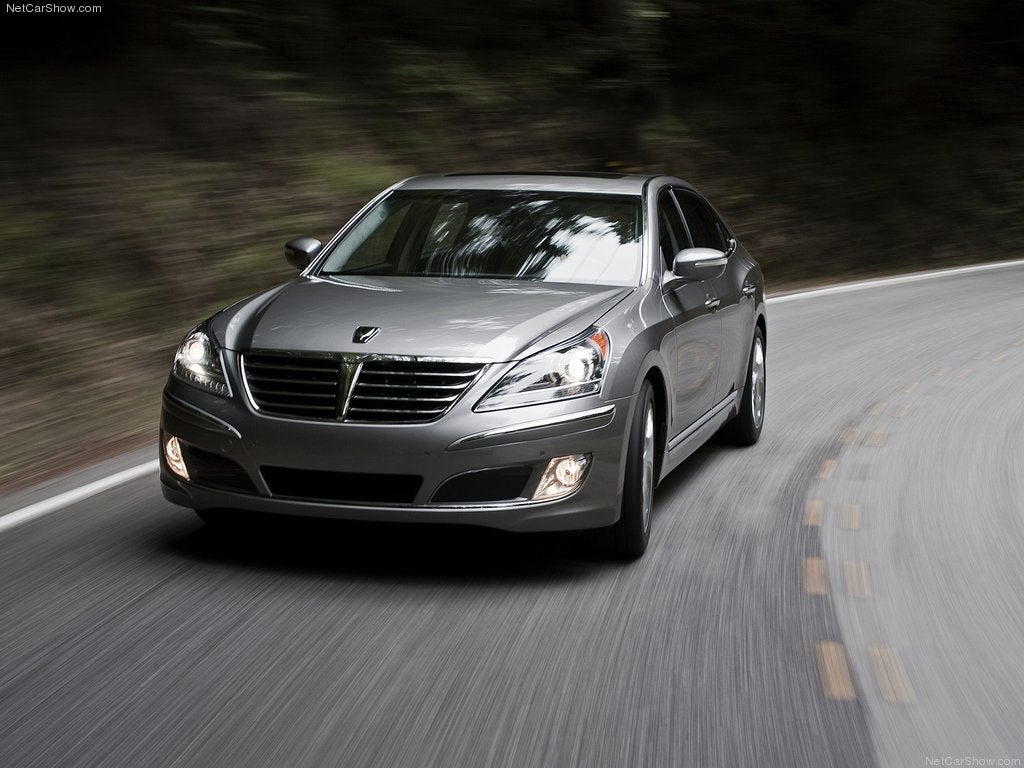
While a car of this caliber is not one to be driven most of the time, I unfortunately wasn’t able to borrow Jeeves for the day, so I drove it myself. The best thing I can say up front is that the Equus offers one of the most stereotypical driving dynamics you can get in a luxury car. The car wafts in a corner like an old barge, it cruises down a stretch as smooth as glass. Basically, if you’re a fan of any non-7 Series or non-A8, this car will definitely feel like home to you. It’s supple and plush...and maybe that’s what a luxury car should feel like.
Power in 2011 came from a 4.6L V8 borrowed from the Genesis sedan, making 385 bhp to the rear wheels through a 6-speed automatic transmission. Power feels ample, it definitely roars to life with little struggle on the highway with decent pull for passing maneuvers. In 2012 and on, the 4.6 was replaced with a more powerful 5.0, mated to an 8-speed automatic, so I imagine the power is more plentiful in those years, but those in the market for a 2011 definitely aren’t missing out.

So, now we’ve gotten to the part I was dreading the most, and the biggest problem with the Equus. In usual reviews, after I had told you about the styling, the driving, and the inside, I usually come down to where I tell you whether I like this thing or not, and if its a good buy versus its competitors. The fact of the matter is though that there is nothing the Equus possesses that makes it any bit of enticing over any of the other luxury sedans on the market.
Let me explain it to you like this: when you think of all of the full-size luxury sedans on the market at this time, every single one had some sort of party trick that made its buyers want that car. The S-Class and Town Car had heritage, the 7 Series had stout athleticism, the LS460 had bulletproof reliability, the A8 had Quattro, and so on and so forth. I’ve sat here for weeks after driving this car trying to think of what would drive a buyer to buy an Equus over the competition, and I can’t think of a single thing. Hyundai set out to build a luxury car by taking notes from the best, but failed to pay attention to what made the best...the best. It’s the Equus’ most fatal flaw, and one that I’m seeing being repeated even nowadays in Genesis.
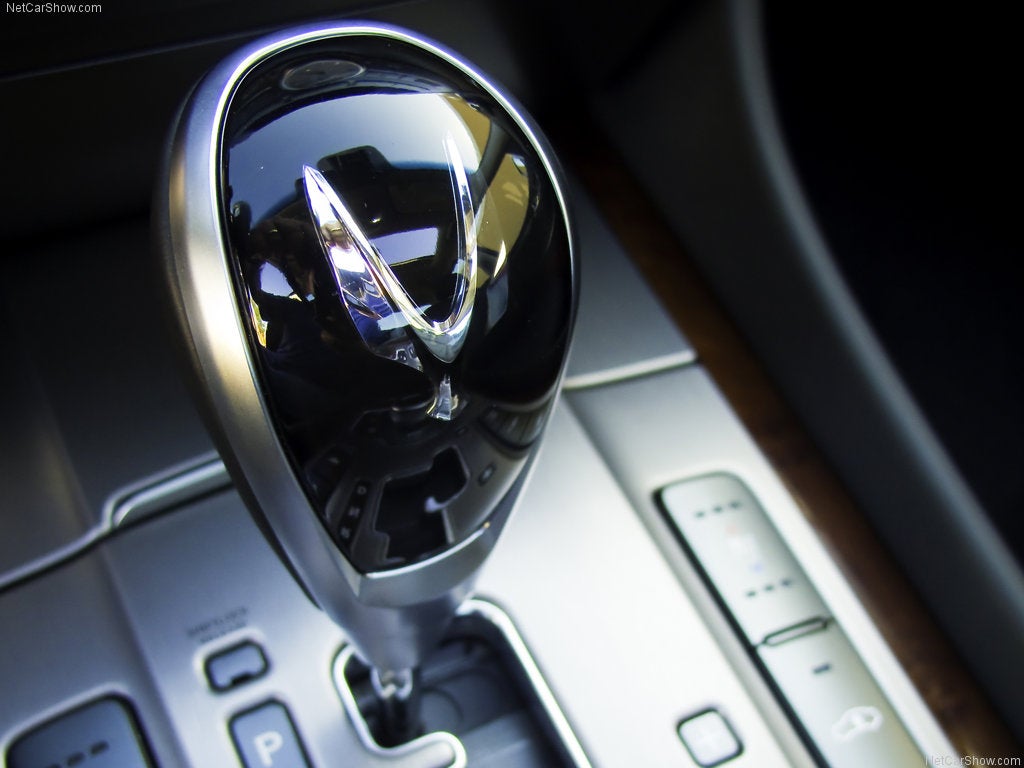
So, when it comes down to it, I guess the question is did I like the Equus. Well, I kind of did, with emphasis on “kind of.” It’s a very comfortable car that is very well-equipped, it rides well, and is everything a luxury car should be. But that fatal flaw I mentioned before sort of ruins all of the potential seen in this car, because when it comes down to it, and you tell all your friends at the country club that you drive an Equus, the only response you’re going to get is “Oh, is that the Hyundai?”
**All images courtesy of Hyundai Motor America and netcarshow.com.
 fintail
> DaftRyosuke - So Long and Thanks for All the Fish!
fintail
> DaftRyosuke - So Long and Thanks for All the Fish!
10/16/2018 at 10:13 |
|
T he “suddenly it’ s 2006" styling on these might have stoked my cynicism the most, along with some of the materials you mention. I remember looking at these at an auto show when they hit this market, and some of those materials really stuck with me. The K900 had the same quirk.
Not a bad car if you aren’t expecting it to be a legit S-class for half the money - keep expectations in line with the price point and reality. They should still be depreciating, maybe a deal for someone who is into it. I have noticed more than one in livery service though, so the used market might be competitive.
 random001
> DaftRyosuke - So Long and Thanks for All the Fish!
random001
> DaftRyosuke - So Long and Thanks for All the Fish!
10/16/2018 at 10:13 |
|
Wobbles, you changed your user name...
 Arrivederci
> DaftRyosuke - So Long and Thanks for All the Fish!
Arrivederci
> DaftRyosuke - So Long and Thanks for All the Fish!
10/16/2018 at 10:43 |
|
Interesting that you call out the materials. My Dad and I typically go to the auto show every year to check out all the new stuff. A couple years ago, we both agreed that the nicest feeling leather in *any* car we sat in was in a Kia K900 of all things, with that Nappa leather package. The hides felt butter soft and possessed a wonderful leathery smell. No idea how they hold up, but in a new car they were wonderful.
 DaftRyosuke - So Long and Thanks for All the Fish!
> Arrivederci
DaftRyosuke - So Long and Thanks for All the Fish!
> Arrivederci
10/16/2018 at 11:09 |
|
I think that’s what charged against this one: age. I was impressed when they were new but as soon as you get some miles on it, it shows it’s true face.
 syaieya
> DaftRyosuke - So Long and Thanks for All the Fish!
syaieya
> DaftRyosuke - So Long and Thanks for All the Fish!
10/16/2018 at 11:24 |
|
A few years ago i saw an amateur video comparing a three year old trade in genesis or equu s.
While all the option boxes could go one for one with anyone it was showing wear like a car a third of the price.
It makes me wonder how hard upholstery on one of these would be.
 David Baker
> DaftRyosuke - So Long and Thanks for All the Fish!
David Baker
> DaftRyosuke - So Long and Thanks for All the Fish!
10/16/2018 at 19:51 |
|
Kinda on topic, this got me thinking about the V8 Genesis. So I checked cargu rus, almost every Hyundai Genesis (114-117) is no price listed nationwide , very strange.
 Anthony McIver
> DaftRyosuke - So Long and Thanks for All the Fish!
Anthony McIver
> DaftRyosuke - So Long and Thanks for All the Fish!
10/17/2018 at 07:58 |
|
I have a 2011 model. I love the car but the transmission on these cars are not the best. I’m on my second transmission and the dealer is telling me they don’t feel what I’m feeling. The initial issue was when driving around 65 or so and if I let off the gas the recovery was not instant there was a slight delay and you can feel it. With the second transmission when driving the car seems to jerk into 4th and 6th g ear ever so slightly. My dealership keeps saying they cannot duplicate the issue but everytime I drive I feel it. I love the car but it’s time to let it go before I end up spending a bunch of money. I’ll probably be upgrading to the g90. I’m waiting for the prices to drop somewhat on the lease returns which should be coming in soon.